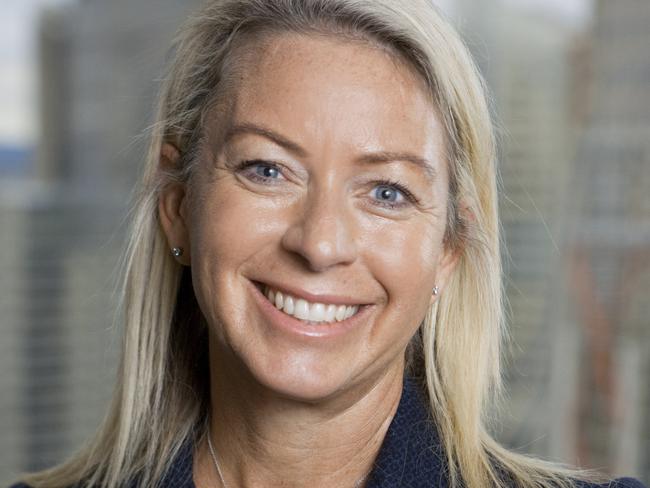Gender pay gap remains: Robert Half
Nine in 10 Australian human resources managers acknowledge a difference in salaries across genders in their companies.
Recruitment specialist Robert Half says almost nine in 10 Australian human resources managers acknowledge a difference in salaries across genders in their company, proving the existence of a pay gap in workplaces.
Last year the Workplace Gender Equality Agency found women make up half of the nation’s workforce but only earn 77 per cent of men’s average fulltime income, with individual agreements brokered between employers and staff the primary method for setting pay levels.
Robert Half director Nicole Gorton says that despite the disparity, 97 per cent of companies surveyed are now taking steps to close the gender pay gap.

“Pay transparency will put the onus on employers to have to justify pay decisions,” Gorton says.
“It is encouraging to see Australian companies actively aiming toward closing the gender salary gap, which not only promotes ethical business practices, but can also lead to higher productivity within organisations as competitive and fair remuneration policies tend to lead to higher performing staff.”
The report found 31 per cent of HR managers are working towards pay transparency, 28 per cent are undertaking salary audits, 27 per cent are monitoring promotions and pay rises and 36 per cent link promotions to fixed pay rises.
Healthcare buy
Specialist health industry recruiter Healthcare Australia has acquired Employ-Ease, a privately owned registered training organisation operating in Melbourne.
Employ-Ease specialises in delivering vocational training programs in aged care, disability care and training and assessment to more than 1000 students annually.
HCA chief executive Jason Cartwright says acquisition of a high-performing training organisation with quality processes, experienced staff and a good record of compliance was perfect for expanding into vocational training and will allow it to create business efficiencies.
He says that with a shortage of healthcare workers and massive expansion needed as the NDIS rolls out, there is potential to expand Employ-Ease.
“The future shortage of workers will not be met by the current training structures in Australia,” Cartwright says.
“This is a ‘grow your own’ strategy to future proof our business and our clients against a dire shortage coming at us.’
2016 jobs slide
Morgan-McKinley’s Asia Pacific employment monitor has found there was a 5 per cent decrease in jobs on offer in the fourth quarter of 2016, reflecting seasonal trends in people looking for work and positions.
The report found permanent financial services jobs were down 9 per cent quarterly and by 5 per cent year-on-year across the region. There were also 15 per cent fewer professionals seeking new jobs quarterly and 14 per cent year-on-year.
Chief operations officer Richie Holliday says the end of the year is traditionally time to craft a hiring plan and the beginning of the year is for executing them.
“We’re seeing the seasonal jobs slowdown now, and similarly can expect to see a jobs spike in the first quarter of 2017,” Holliday says.
He says the Asia Pacific remains slower than others to embrace contract employment, but as the region adjusts to ongoing market and political volatility, he expects sector growth.
“Contractor jobs are the most susceptible to seasonal shifts, so it’s normal to see them outperform during spikes and underperform during lulls,” he says.


